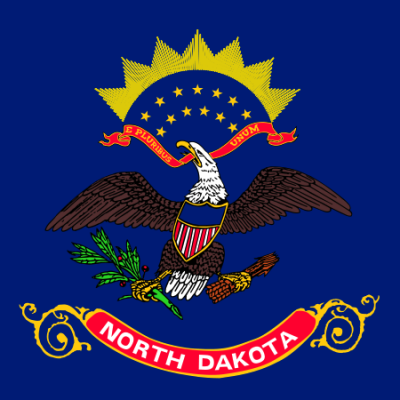Oregon’s Uncollected Revenue Up 50 Percent to $3.2 Billion
Thursday, September 11, 2014

Unlike businesses, the state doesn’t write off debt, but holds onto many delinquent accounts forever. That might inflate the total debt, but the growth in new uncollected debt has skyrocketed since the recession.
The debt is largely made up of court fees, fines, restitution orders and unpaid taxes. The largest chunk is owed to the Oregon Judicial Department, which has about $1.4 billion in uncollected debt.
Fine, Fees and Restitution
Of that amount, 53 percent comes from felony convictions.
“Most of that delinquent debt is by people who are convicted of felonies,” explained Phil Lemman, the Judicial Department’s communication officer. That makes it the most difficult to collect, because the people who owe the money are often in prison.
Even those released from prison often have limited employment prospects and simply don’t have the money to repay the fines and/or restitution that courts have ordered.
In addition, the fines and fees charged by courts is increasing, while people’s ability to pay might not be.
Catherine Webber, CEO of the Institute of Modern Government, a nonprofit that works on improving government, agrees that it’s a difficult problem; he added, however, that there are things the state could implement to lower delinquencies related to fines, such as setting up payment plans even before the defendant leaves the court.
This could include taking a defendant’s credit or debit card number before he or she leaves, or having the defendant write several post-dated checks.
But, “we’re not funding and modernizing these systems,” Webber said.
Uncollected Taxes
The Department of Revenue itself has the second-highest amount of delinquent debt. Tax evaders represent around $738 million of the total debt.
That debt is primarily delinquent personal income taxes.
The major increase from 2009 to 2014 is largely due to the effects of the economic downturn, said Bob Estabrook, spokesperson for the Department of Revenue.

Photo Credit: Oregon State Capitol by M.O. Stevens via Wikimedia Commons
In addition, the Department of Revenue left some of its enforcement positions unfilled during the recession. Only recently has it gotten back to working at full capacity.
“I know that this has generated some concern among legislators,” said Matt Stayner, the senior legislative analyst in the Legislative Fiscal Office, of the rising amount of money owed to the state. The Department of Administrative Services (DAS) in the capital has recently started a working group to tackle the problem.
There are also debts that are too small or difficult to collect, according to state officials.
“There’s this idea that every dollar we collect is a dollar we can turn around and spend on services,” said Matt Shelby, the DAS communications officer. “[But] There comes a point where the amount that you are collecting is less than the amount you are spending on collections.”
Given that, more enforcement agents would not necessarily lead to more payments, Estabrook said.
Hertsel Shadian, a tax attorney based in Tualatin, said the Department of Revenue is more aggressive at collecting unpaid taxes than the IRS.
The state is effective in collecting unpaid taxes, usually through garnishing wages, but also by placing liens on bank accounts and property, said Shadian.
The Department of Revenue is generally more effective at collecting unpaid taxes than the IRS, Shadian said, as long as the taxpayer is still in Oregon or has wages, bank accounts or property in the state.
Where the tax could really improve, Shadian said, is in finding people who haven’t reported taxes at all. He said when the state audits a resident, almost always triggers an IRS audit. But that the state is not nessarily aware when the IRS audits someone.
He said that might flush out more people who have cheated or just not filed their taxes.
“I don’t think they are as effective as the federal government in terms of non-reporters,” he said. “I don’t think the state has the resources to track those people.”
Related Slideshow: 6 States With The Highest Homelessness Rates
These six states all had at least 300 out of 100,000 people homeless in 2013.
Related Articles
- Portland City Council White by Law?
- Portland City Club Members Endorse GMO Labeling, Legal Weed
- Portland Set to Host International Cannabis Business Conference
- Oregon Offers Student Loan Repayments to Doctors
- Oregon Gets Middle Marks for Business Friendliness
















 Delivered Free Every
Delivered Free Every
Follow us on Pinterest Google + Facebook Twitter See It Read It